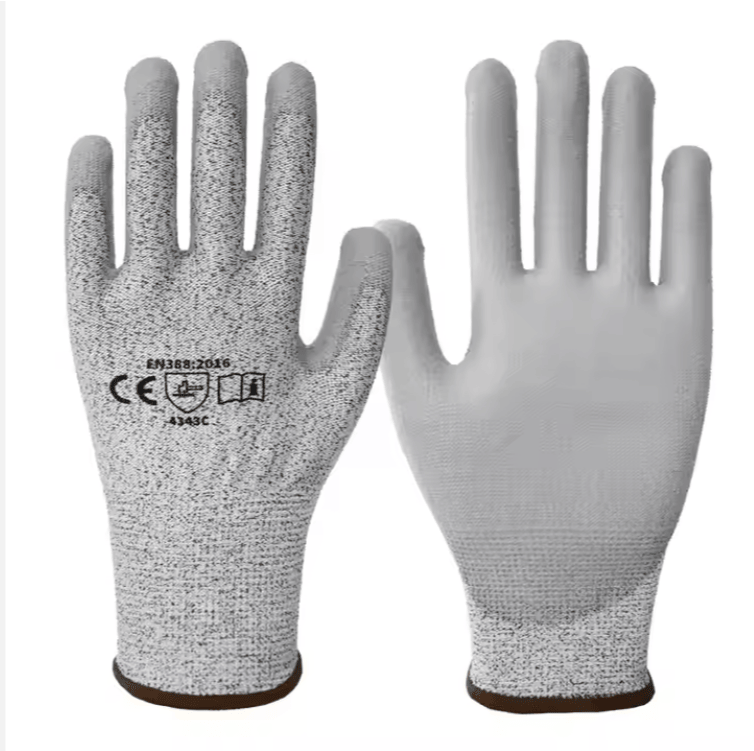What Are Electric Shock-Resistant Gloves?
Electric shock-resistant gloves are specially designed insulating gloves that protect workers from electric shock when working with live electrical circuits or high-voltage equipment. They are used by electricians, power line workers, and maintenance technicians to ensure safety when handling electricity.
🔹 Key Features of Electric Shock-Resistant Gloves
✅ Made from Insulating Materials – Usually rubber or latex, which prevents electrical conduction.
✅ Classified by Voltage Ratings – Different gloves are rated for low-voltage (up to 1,000V) or high-voltage (up to 36,000V+).
✅ Tested to Safety Standards – Certified by IEC 60903 (International) and ASTM D120 (U.S.) for electrical protection.
✅ Worn with Leather Protectors – To protect the rubber gloves from cuts, punctures, and abrasions.
🔹 Types of Electric Shock-Resistant Gloves
1️⃣ Low-Voltage Insulating Gloves (Class 00 & Class 0)
🔹 Use: Electricians working with circuits up to 1,000V.
🔹 Voltage Rating:
Class 00: Up to 500V AC / 750V DC.
Class 0: Up to 1,000V AC / 1,500V DC.
🔹 Material: Rubber (often with a cotton inner lining for comfort).
2️⃣ High-Voltage Insulating Gloves (Class 1-4)
🔹 Use: Power line workers, industrial maintenance, and high-voltage electrical work.
🔹 Voltage Rating:
Class 1: Up to 7,500V AC / 11,250V DC.
Class 2: Up to 17,000V AC / 25,500V DC.
Class 3: Up to 26,500V AC / 39,750V DC.
Class 4: Up to 36,000V AC / 54,000V DC.
🔹 Material: Thicker rubber for increased dielectric strength.
3️⃣ Leather Protector Gloves (Used Over Rubber Gloves)
🔹 Use: Protects rubber insulating gloves from damage (cuts, punctures, abrasions).
🔹 Material: Thick leather.
🔹 Feature: Increases durability and grip without compromising electrical safety.
🔹 Where Are Electric Shock-Resistant Gloves Used?
✅ Electrical Maintenance & Repair – Electricians working on live circuits.
✅ Power Line & Utility Work – High-voltage transmission line maintenance.
✅ Industrial Electrical Work – Manufacturing, factories, and substations.
✅ Construction Sites – Protection from accidental contact with live wires.
✅ HVAC & Solar Panel Installation – Handling electrical connections safely.
🔹 How to Choose the Right Electric Shock-Resistant Gloves?
✔️ Check Voltage Rating – Choose the right class based on your voltage exposure.
✔️ Ensure Compliance – Look for IEC 60903 or ASTM D120 certification.
✔️ Use Leather Protectors – Extend glove lifespan and prevent damage.
✔️ Perform Regular Testing – Insulating gloves should be tested every 6 months to ensure safety.
⚠️ Never use regular work gloves (including ESD gloves or copper fiber gloves) for electrical protection! They do not provide insulation and can increase the risk of shock.
Would you like recommendations for certified electric shock-resistant gloves? 😊

